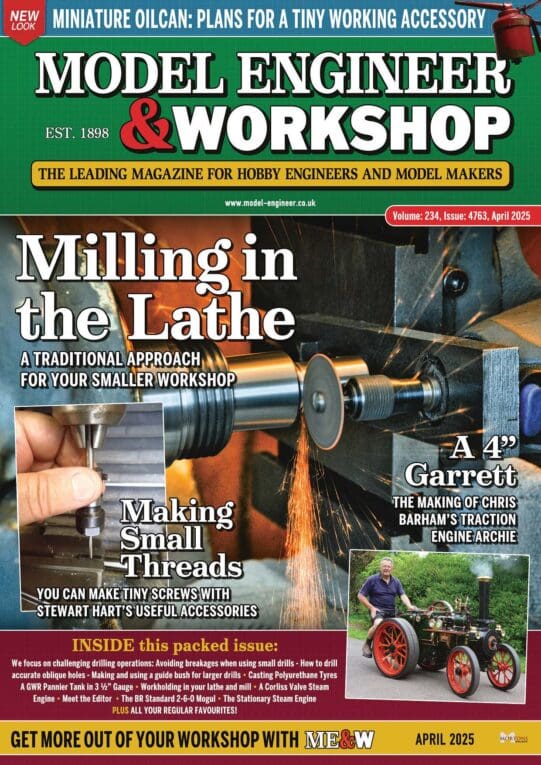George Daniels-Horologist
George Daniels-Horologist
- This topic has 30 replies, 9 voices, and was last updated 6 December 2012 at 20:09 by
Sub Mandrel.
- Please log in to reply to this topic. Registering is free and easy using the links on the menu at the top of this page.
Latest Replies
Viewing 25 topics - 1 through 25 (of 25 total)
-
- Topic
- Voices
- Last Post
Viewing 25 topics - 1 through 25 (of 25 total)
Latest Issue
Newsletter Sign-up
Latest Replies




